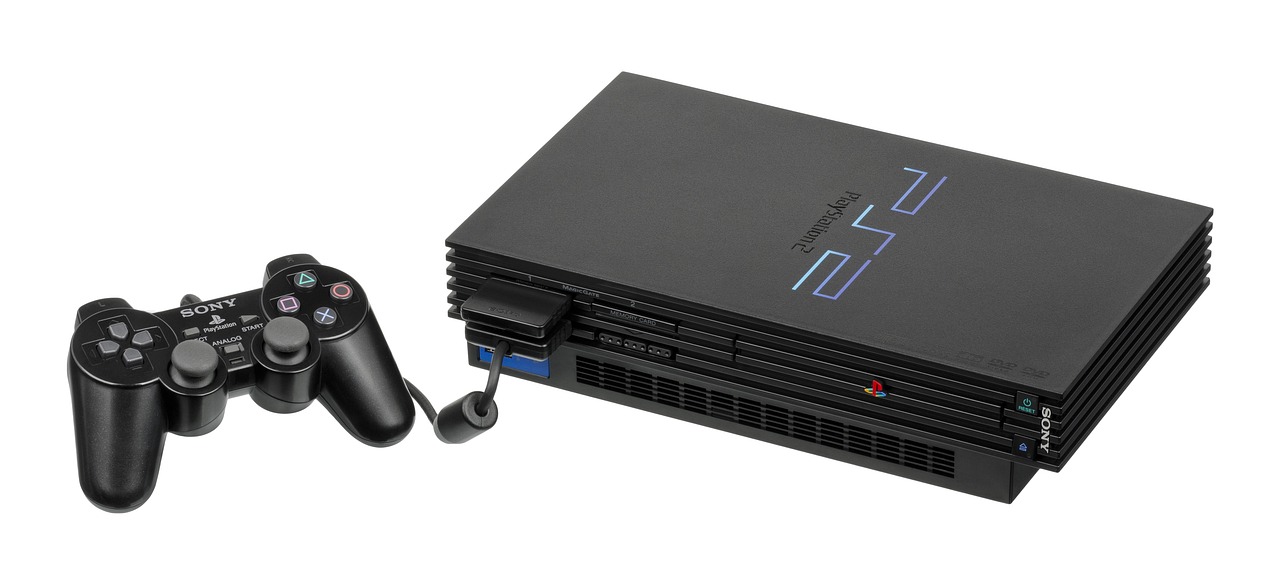Title: Water Level Controller PLC Ladder Diagram
This project involves the design of a water level controller using a PLC (Programmable Logic Controller). The main objective is to maintain a constant water level in a tank or reservoir, ensuring that the water is available for various industrial applications. The PLC ladder diagram is a graphical representation of the control system, showing how the input signals are processed and how the output signals are generated to control the water level. This diagram includes a series of logic gates, timers, and counters that enable the PLC to monitor and adjust the water level automatically. The design ensures that the water level is maintained within a specified range, preventing overflow or underflow. Additionally, it includes safety features to prevent potential hazards associated with water level control, such as dry-running or water hammer. Overall, the water level controller PLC ladder diagram provides a reliable and efficient means of controlling water levels in industrial settings.
In this article, we will explore the design and implementation of a water level controller using PLC (Programmable Logic Controller) ladder diagram. PLCs are widely used in industrial automation to monitor and control complex processes. The ladder diagram is a visual representation of the PLC program, showing how the system responds to inputs and performs specific actions based on predefined logic.
Firstly, let's understand the basic concept of a water level controller. It is a device that monitors the water level in a tank or reservoir and adjusts the water supply to maintain a desired level. This is crucial in many industrial applications, where water is used for cooling, cleaning or other processes.
When designing a water level controller using PLC, we need to consider several key components:

1、Input devices: These are sensors that detect the water level in the tank. Commonly used sensors include float switches or ultrasonic sensors.
2、Output devices: These are actuators that control the water supply, such as valves or pumps. They receive signals from the PLC to adjust the water level.
3、PLC: The brain of the system, which receives input signals from the sensors and sends output signals to the actuators based on predefined logic.
Now, let's take a look at the ladder diagram of a simple water level controller:

In this diagram, we have two main sections: the input section and the output section. The input section includes two sensors: Sensor A and Sensor B, which detect the water level in the tank. The output section includes two actuators: Actuator X and Actuator Y, which control the water supply.
The logic of the system is simple: if Sensor A detects a low water level, it sends a signal to Actuator X to open the valve and supply water to the tank. When the water level reaches a certain point, Sensor B triggers Actuator Y to close the valve and stop the water supply. This process ensures that the tank remains at a desired water level.
This ladder diagram can be further customized to include more complex features, such as adjustable thresholds for water level triggering, multiple sensors for redundancy and safety features. The design of these systems depends on specific industrial requirements and operational conditions.
In conclusion, PLC-based water level controllers provide an efficient and reliable solution for industrial automation applications where precise water level control is crucial. By implementing simple logic using ladder diagrams, we can achieve robust performance and easy maintenance of these systems in industrial environments.
Articles related to the knowledge points of this article:
PLC Programming Exam Questions and Answers
PLC Controller Factory Settings
PLC Controller Graphic Symbols
Title: Escalator PLC Controller Failure
PLC Controllers in Industry: The Evolution and Application of Technology